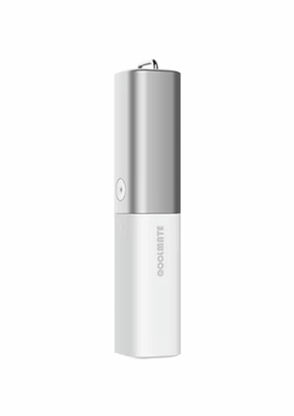

Beyond Sourcing: What Amazing Lab Really Does
Why We’re Not a Trading Company — We’re a Product Development Partner Most people hear “manufacturing” and immediately think of sourcing agents, trading companies, or factories. But that’s not what Amazing Lab is — and not what we do. We exist for a very different purpose: to help innovators build products that don’t exist yet. 1. We Start Before Factories Can Even Help Factories are great at mass production — once every detail is finalized. But most founders are not there ye
Ami Sin
Nov 20
Designing for Resilience: Why Supply Chain Strategy Starts at the CAD File
Design & Supply Chain Series - Blog #1 Finding the right suppliers is one of the most important steps in commercializing your product....
Ami Sin
May 9
From Prototypes to Products: Why Hybrid Tooling Works for Wellness Startups
In wellness and personal care, no two customers are exactly alike. From skin types to supplement needs to fitness goals, personalization...
Ami Sin
May 2




